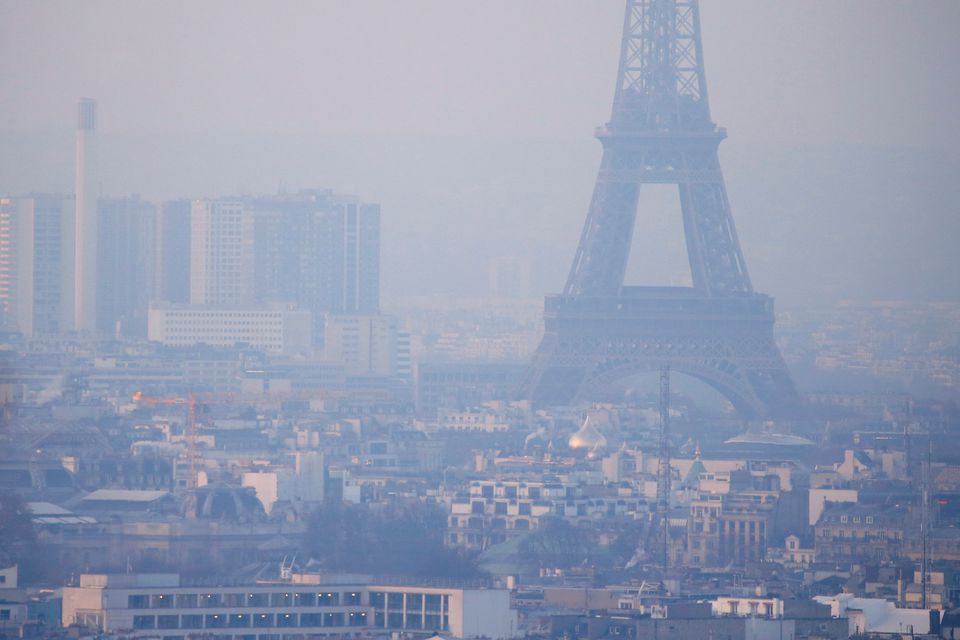
Renewable and low-carbon hydrogen is crucial in curbing emissions, but it will only account for 5% of the global final energy mix by 2050, falling short what is needed to meet climate goals, global energy consultancy DNV said on Monday.
To meet the Paris Agreement to limit global warming to 1.5 degrees by 2050, hydrogen would need to reach 13%, according to its calculations, the Norway-based risk management expert said when presenting its first standalone hydrogen outlook paper.
The company runs its own independent model of the world's energy system and has been publishing an annual Energy Transition Outlook since 2017.
The global share of 5% translates into more than 200 million tonnes of hydrogen, with 60% of that pure hydrogen and compounds like ammonia and synthetic fuels accounting for another fifth each, DNV now forecast.
An increased hydrogen uptake to meet net-zero targets would require stronger policy mandates, increased demand-side incentives and higher carbon prices, it added.
DNV projected Europe's focus on energy transition would bring hydrogen's share in its energy mix to 11% by 2050.
Found only in compound form, hydrogen takes a great deal of energy to harness, which makes it expensive and inefficient compared to using electricity directly.
But replacing fossil fuels with electricity is hard for sectors such as aviation, shipping, and high-heat industrial processes and "green hydrogen" made with renewable energy, or low-carbon one, can help them reduce their carbon footprint.
"In many ways, it should be thought of as the low-carbon energy source of last resort. However, it is desperately needed," DNV's chief executive Remi Eriksen said in the report.
Producing hydrogen via electrolysis, which splits water molecules using electricity, is currently more costly than deriving it from fossil fuels and capturing the carbon dioxide, also called blue hydrogen, DNV said.
Still, the consultancy forecasts that by 2050 the average cost of dedicated renewables-based electrolysis will drop to $2 per kilogram from $5 per kilogram at present. The cost of blue hydrogen will drop from just under $3/kg to $2.2/kg, DNV said, forecasting more than 70% of hydrogen will be green by mid-century.
Meanwhile, re-purposed natural gas pipelines will provide the vast majority of infrastructure for the interregional transport of hydrogen, DNV predicted.